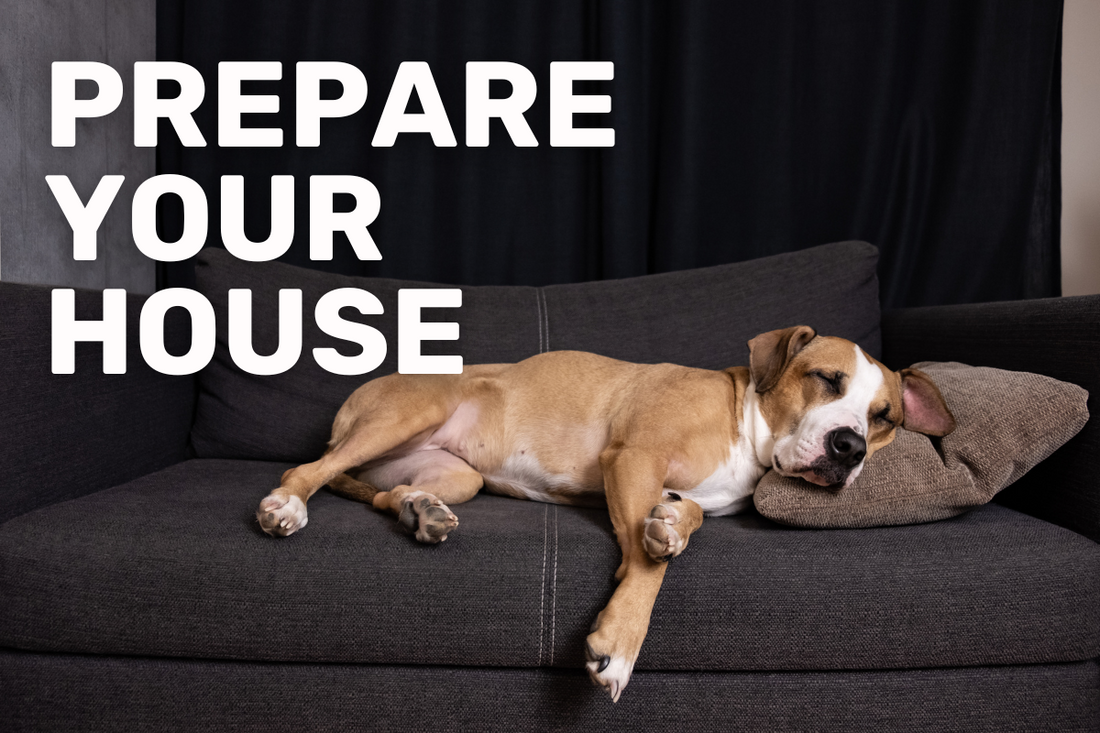This article will guide you through all the necessary steps to prepare your home for a pet. We will learn how to understand and meet the needs of the animal, choose the best place in the house for it, ensure its safety, create a calming and challenging environment, and understand the importance of education and training. In addition, we will discuss daily care and maintenance and how to deal with emotional challenges that may arise.
Understanding the Basic Needs of Pets
Proper Nutrition for Pets
Each pet is unique in its nutritional needs, and choosing the right food is important for maintaining its health and quality of life. For example, puppies require food rich in proteins and fats for growth and development, while adult dogs need a more balanced diet to maintain a healthy weight. Cats require a protein-rich diet from animal sources, as they are carnivores in nature. In addition, more active pets will require larger amounts of energy, meaning calories and fats, compared to less active pets or those struggling to maintain their weight. It is important to read the manufacturer's recommendations on the food package and consult with a veterinarian about the specific nutritional needs of your pet.
Healthcare Needs
It is important to ensure that the pet receives all the vaccinations and treatments required to maintain its health.
Choosing a Living Area in the House
Allocating a Resting Place
Every pet needs a quiet and safe place to rest. It is important to choose a location that is not exposed to loud noises or heavy traffic in the house.
Play and Activity Areas
Allocating areas for play and activity will help the pet maintain high energy levels and stay healthy. It is possible to arrange areas with toys and play equipment.
Adapting the House for Pet Safety
Preventing Potential Dangers
Pets can be curious, so it is important to ensure that the house is free of dangers such as small objects, exposed wires, or toxic materials.
Creating a Calming Environment
Quiet and Stress-Free Rooms
Allocating rooms or corners in the house that are quiet and calming can help the pet relax and feel secure.
Using Calming Toys and Products
Toys that encourage quiet and calming play can help create a pleasant atmosphere for the pet.
Education and Training
Proper and Gentle Training for Pets
Gentle and correct training of pets is an essential component for creating harmony in the home. The training process helps the pet understand and accept the boundaries and rules that exist in the house, leading to a cleaner, safer, and more pleasant environment for everyone. For example, training can include learning basic commands such as 'sit', 'wait', or 'come'. This allows the pet owners to know when and how to react in different situations. It is also important to teach the pet not to bite, tear furniture, or enter certain areas of the house. Such training is carried out gradually and with a lot of patience, using positive reinforcements such as treats or compliments when the pet obeys the commands. It is important to remember that each pet is unique, so the training method should be tailored to their specific temperament and personality.
The Importance of Consistency and Patience
In the training process, it is important to be consistent and patient with the pet, in order to build trust and mutual understanding.
Daily Care and Maintenance
Cleaning and Grooming of Pets
Maintaining cleanliness and grooming the pet's fur is an integral part of daily care for them and significant for maintaining their health. Regular grooming, that is, brushing and detangling the fur, helps prevent knots, nourishes the skin, and helps maintain healthy and shiny fur. In addition, periodic bathing of the pet with suitable shampoo for its fur and skin type is important to prevent the development of fungus, fleas, and other skin problems. It is important to note that not all pets need frequent bathing, and the frequency should be adapted to their specific needs and health condition. Regular cleaning of the eyes and ears is also important to prevent infections and health problems. The care of the pet's fur and cleanliness improves their quality of life and helps build a bond between the owner and the pet.
Periodic Veterinary Checks and Treatments
Periodic visits to the veterinarian and medical check-ups can help identify health problems at an early stage and maintain the pet's health.


Recent post